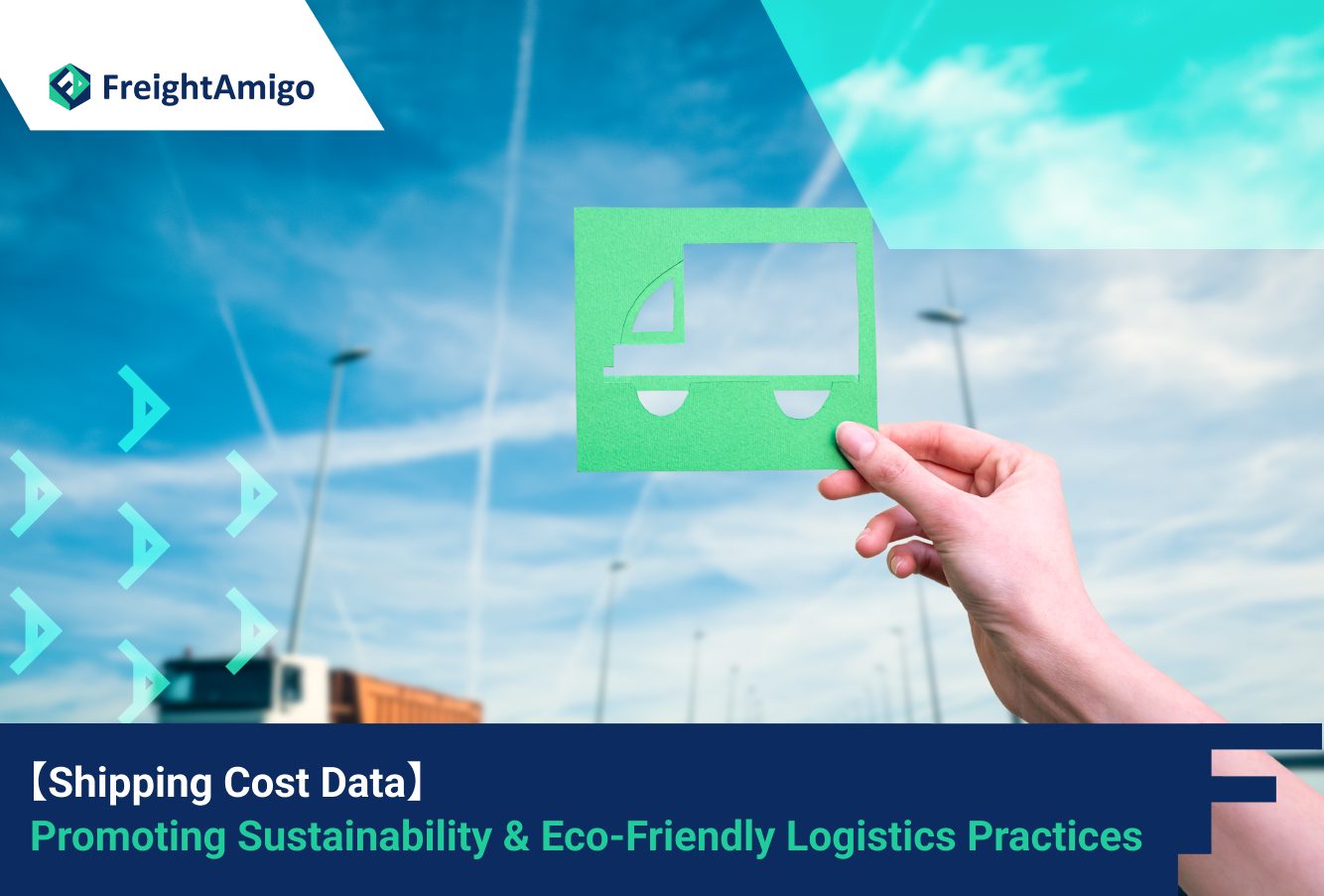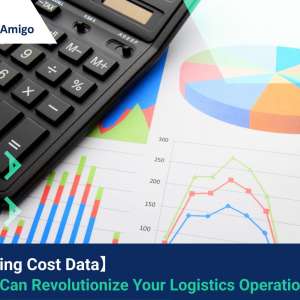In today’s world, where sustainability has become a top priority for businesses across industries, the role of freight rate data in sustainable logistics cannot be underestimated. Freight rate data refers to the information about the cost of transporting goods from one location to another. This data is not only crucial for businesses to make informed decisions about their supply chain, but it also plays a significant role in promoting sustainable practices.
By analyzing freight rate data, companies can identify the most efficient and environmentally-friendly transportation options. For example, they can determine the optimal route that minimizes fuel consumption and reduces carbon emissions. Moreover, freight rate data allows businesses to evaluate the environmental impact of their transportation choices and make adjustments accordingly. By using this data, companies can reduce their carbon footprint and contribute to a more sustainable future.
Author Name: Aiden Ng – Marketing Analyst at FreightAmigo
Want to compare the best Express, Air Freight, Sea Freight, Rail Freight & Trucking rates so as to have better control on cost?
Benefits of using shipping cost data for sustainability
The use of shipping cost data for sustainability offers numerous benefits for businesses and the environment alike. Firstly, by utilizing this data, companies can optimize their supply chain and reduce unnecessary transportation costs. This not only leads to financial savings but also helps in minimizing the environmental impact associated with transportation. By choosing the most efficient routes and modes of transportation, businesses can decrease fuel consumption, greenhouse gas emissions, and overall energy consumption.
Secondly, freight rate data enables businesses to make informed decisions about their logistics operations. By having access to accurate and up-to-date information, companies can identify opportunities for improvement and implement sustainable practices. For instance, they can collaborate with carriers that prioritize sustainable transportation options or invest in technologies that improve fuel efficiency. By making data-driven decisions, businesses can align their operations with their sustainability goals.
Challenges and limitations of using shipping cost data for sustainability
While the use of freight rate data for sustainable logistics offers immense benefits, it is not without its challenges and limitations. One of the primary challenges is the availability and accuracy of data. Not all carriers provide comprehensive and up-to-date freight rate data, which can hinder businesses’ ability to make informed decisions. Furthermore, data quality and consistency across different carriers can vary, making it challenging to compare and analyze the information effectively.
Another limitation is the complexity of interpreting and analyzing freight rate data. It requires specialized expertise and sophisticated tools to extract meaningful insights from the vast amount of information available. Additionally, factors such as seasonality, market volatility, and external events can significantly impact freight rates, making it challenging for businesses to accurately predict and plan their logistics operations.
Future trends in the use of shipping cost data for sustainable logistics
As technology continues to advance, the use of freight rate data for sustainable logistics is expected to evolve in the future. One emerging trend is the integration of artificial intelligence (AI) and machine learning algorithms into the analysis of freight rate data. These technologies can help businesses identify patterns, optimize routes, and predict market trends more accurately. By leveraging AI, companies can further enhance their sustainability efforts by making data-driven decisions in real-time.
Another future trend is the increased collaboration and transparency in the sharing of freight rate data. As more businesses recognize the importance of sustainability, there is a growing demand for standardized and reliable data across the industry. Initiatives such as blockchain technology are being explored to create a secure and decentralized platform for sharing freight rate data. This would enable businesses to access accurate and up-to-date information, fostering collaboration and driving sustainable practices on a global scale.
Conclusion: The transformative power of shipping cost data in sustainable logistics
In conclusion, freight rate data plays a critical role in driving sustainable logistics practices. By utilizing this data, businesses can optimize their supply chain, reduce costs, and minimize their environmental impact. The benefits of using freight rate data for sustainability are numerous, from financial savings to reduced carbon emissions. However, challenges such as data availability and interpretation complexities need to be addressed.
Looking ahead, the future of freight rate data in sustainable logistics looks promising. With advancements in technology and increased collaboration, businesses can leverage data-driven insights to further enhance their sustainability efforts. By embracing the power of numbers, companies have the opportunity to pave the way for a more sustainable and efficient logistics industry.
There are different options for cargo transportation. If you want to choose the most convenient and suitable solution, it is best to have the full support of logistics experts! If you are planning to ship goods overseas, please go to the FreightAmigo page for inquiries.
===
Read More:
【From Data to Deals】How Freight Rate Data Can Transform Carrier Contract Negotiations
【From Data to Dollars】How Leveraging Freight Rate Data Can Drive Cost Savings in Logistics
【Shipping Cost Data】How It Can Revolutionize Your Logistics Operations
===
If you have any inquiries on logistics/supply chain, feel free to contact FreightAmigo now:
Chat with us online OR
Phone : +852 28121686
WhatsApp: +852 27467829









































